How to Become a UI Designer
User Interface Design (UI Design) is a crucial subset of User Experience Design that focuses on how users interface with a particular product. UI designers work on constructing apps, websites, and other products that are visually pleasing...
Part 1 of 3:
Learning the Fundamentals
-
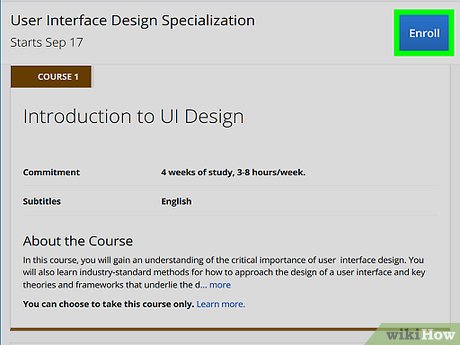 Study the basic design principles. Before you can become a designer, you'll need to acquire a working knowledge of the fundamental design principles. Spend some time learning the principles of color, balance and symmetry, contrast, typography, and consistency.[1]
Study the basic design principles. Before you can become a designer, you'll need to acquire a working knowledge of the fundamental design principles. Spend some time learning the principles of color, balance and symmetry, contrast, typography, and consistency.[1]- For example, when studying color principles, you should learn the distinction between monochromatic, analogous, and complementary color schemes, what colors tend to be used in different types of designs, and the psychology of colors.
- In addition to reading formal works on design principles, you should also study the works of other designers to see how they manipulate color and balance to achieve certain aesthetic effects.
- There's no set amount of time you need to spend studying these concepts. Instead, focus on making sure you have a good grasp of the fundamental design principles before moving on to more technical aspects of graphic design.
-
 Learn the creative design process. UI design, like many other forms of creative production, is a process of specific phases, moving from ideas to action. For design, these phases are discovery, define, develop, and delivery. To be a great designer, familiarize yourself with using this process in your creative projects.[2]
Learn the creative design process. UI design, like many other forms of creative production, is a process of specific phases, moving from ideas to action. For design, these phases are discovery, define, develop, and delivery. To be a great designer, familiarize yourself with using this process in your creative projects.[2]- The first two phases involve being inspired and researching a relatively nascent idea (discovery) and then refining it into a more specific, actionable idea (define).
- The development phase is where ideas are created, prototyped, and tested in a trial and error process that further refines the initial idea. In the final phase (delivery), the initial idea is transformed into a finalized, working product.
-
 Read books and articles on UI design. Arguably one of the best ways to learn the basic strategies and principles of UI design if you're just starting out is to read up on the subject. Consult books, articles, blogs, websites, and video tutorials on UI design to bolster your knowledge and to learn from professionals.[3]
Read books and articles on UI design. Arguably one of the best ways to learn the basic strategies and principles of UI design if you're just starting out is to read up on the subject. Consult books, articles, blogs, websites, and video tutorials on UI design to bolster your knowledge and to learn from professionals.[3]- Stack Overflow and UX Mastery Community are very good sources for informative material on UI design.
- Strive to learn something new about UI design every day. Being diligent in your studying is the best way to guarantee your eventual mastery of the subject.
-
 Enroll in an online course or degree program to formally study design. There are several universities and technical schools that offer formal programs in design, with some offering specialized programs in graphic design. You might also opt to take part in an online course to learn about graphic design.[4]
Enroll in an online course or degree program to formally study design. There are several universities and technical schools that offer formal programs in design, with some offering specialized programs in graphic design. You might also opt to take part in an online course to learn about graphic design.[4]- Some of the more well-known online programs in graphic design are offered by Bloc, General Assembly, and CareerFoundry. Note that, while these programs are less expensive than traditional brick-and-mortar schools, they are not free.
-
 Develop the skills you'll need as a UI designer. To succeed in UI design, you'll not only need to know the principles of graphic design, you'll also need to have the right character traits and skills. Spend time developing your skills in data analysis, drawing, and photography, as well as working with others and being a self-starter.[5]
Develop the skills you'll need as a UI designer. To succeed in UI design, you'll not only need to know the principles of graphic design, you'll also need to have the right character traits and skills. Spend time developing your skills in data analysis, drawing, and photography, as well as working with others and being a self-starter.[5]- Enrolling in a formal design course or program is a great way to master the technical and creative skills you'll need as a graphic designer.
- Consider volunteering or working in a collaborative environment (e.g., as one of many camp counselors, as part of a design team) to improve your ability to work with others.
-
 Practice using popular design tools. UI design work, although based in design principles, is carried out in a digital medium. You'll need to become familiar with using digital tools of graphic design in order to be a UI designer.[6]
Practice using popular design tools. UI design work, although based in design principles, is carried out in a digital medium. You'll need to become familiar with using digital tools of graphic design in order to be a UI designer.[6]- Some of the more popular tools used in interface design include Sketch, Figma, Adobe XD, and Axure.
- Note that most design tools require a paid subscription or purchase for you to use them, though they usually also offer a free trial period.
Part 2 of 3:
Acquiring Experience in Graphic Design
-
 Work on small projects for your portfolio. You'll need to start small when building up your experience in graphic design. Think about things around you you can improve and turn them into projects you can carry out through the entire design process.[7]
Work on small projects for your portfolio. You'll need to start small when building up your experience in graphic design. Think about things around you you can improve and turn them into projects you can carry out through the entire design process.[7]- For example, if you notice that you're always forgetting to take your medications on time, consider trying to build an app from scratch that will remind you when you need to take your medicine.
- These projects can even be fake or repetitive if you're only doing them for practice. For instance, you might consider redesigning an app that already exists from scratch.
-
 Look for opportunities to collaborate with other designers. Collaboration is a good skill to develop in the graphic design world, as many positions are collaborative in nature. As well, taking advantage of opportunities to collaborate when you're just starting out can help you learn from more experienced designers.[8]
Look for opportunities to collaborate with other designers. Collaboration is a good skill to develop in the graphic design world, as many positions are collaborative in nature. As well, taking advantage of opportunities to collaborate when you're just starting out can help you learn from more experienced designers.[8]- If you're unsure where to find designers to collaborate with, start by looking online for design associations or groups where designers communicate with each other about their projects. You can also see if there are design students or professors at a local university who may have projects you can help them with.
-
 Seek out an established mentor. There is a lot to be said for finding someone who can guide you in the world of graphic design when you're just starting out. Even if you just occasionally chat with an established designer over coffee or online, they can still teach you a lot about graphic design that you might not otherwise learn.[9]
Seek out an established mentor. There is a lot to be said for finding someone who can guide you in the world of graphic design when you're just starting out. Even if you just occasionally chat with an established designer over coffee or online, they can still teach you a lot about graphic design that you might not otherwise learn.[9]- Finding a potential mentor may be difficult if you don't already have an established professional network. However, your best bet is to just reach out to designers you look up to and ask if they might be willing to talk to you from time to time. You'd be surprised how many people jump at the opportunity to help someone just starting out in their field!
- You might also consider asking design professors at a local university if they would be willing to mentor you, though they may be less inclined to do so if you're not a student at the school.
-
 Seek out an internship or apprenticeship at a company for experience. In order to better your chances of being hired as a professional UI designer, you'll need to gain some professional experience. If you can't quite land a formal job as a designer, propose an apprenticeship or internship at a company to start building your professional experience.[10]
Seek out an internship or apprenticeship at a company for experience. In order to better your chances of being hired as a professional UI designer, you'll need to gain some professional experience. If you can't quite land a formal job as a designer, propose an apprenticeship or internship at a company to start building your professional experience.[10]- You may have to cold call a company and ask if they can take you on as an unpaid design intern. Don't be afraid to do this; the worst thing they can do is say no!
- Offering to serve as an unpaid intern is the best way to increase the odds of a company accepting your proposal. Although it'll be unpleasant to not earn any money from your design work now, it'll pay off in the long run.
-
 Keep up with new design tools and trends in the design world. As you're building your experience with UI design, make sure you're staying up-to-date on tech news, design trends, and other developments in the design world. Your experience will become less useful if it's dated![11]
Keep up with new design tools and trends in the design world. As you're building your experience with UI design, make sure you're staying up-to-date on tech news, design trends, and other developments in the design world. Your experience will become less useful if it's dated![11]- Some of the top sites for keeping up with the design world include UX Magazine, Smashing Magazine, and UX Booth.
- A great way of keeping up with trends in the design community is following graphic designers on social media and staying knowledgeable about their latest work. After all, the best way to stay up-to-date when it comes to new trends is to watch them as they develop in real time.
Part 3 of 3:
Getting a Job as a UI Designer
-
 Make sure you have a portfolio that demonstrates your abilities. Your portfolio should contain a variety of different types of design work that will showcase the breadth of your abilities. Even if you don't have work experience, your portfolio can serve as a great way of proving you can design great things.[12]
Make sure you have a portfolio that demonstrates your abilities. Your portfolio should contain a variety of different types of design work that will showcase the breadth of your abilities. Even if you don't have work experience, your portfolio can serve as a great way of proving you can design great things.[12]- Include any creative deliverables you've produced in your portfolio, such as apps, websites, or any other designs that could be used to turn a profit.
- Feel free to also include designs you've created that don't necessarily fall under the category of UI design, such as posters, logos, or even t-shirts you've designed.
-
 Build an online presence. Make sure you have an updated LinkedIn that showcases all of your experience and abilities that potential employers can access. As well, be active on social media about design, whether it's your own work or someone else's; this is a great way to get your name out there for potential employers to see.[13]
Build an online presence. Make sure you have an updated LinkedIn that showcases all of your experience and abilities that potential employers can access. As well, be active on social media about design, whether it's your own work or someone else's; this is a great way to get your name out there for potential employers to see.[13]- For example, share work that you've done on your Facebook or Twitter accounts and make sure other people in the design community can see it.
-
 Reach out to others in the design community to build your network. Like with many other jobs, finding work as a UI designer often necessitates knowing people in the right places. Build a professional network of other designers who can vouch for you, collaborate with you, or send possible jobs your way.[14]
Reach out to others in the design community to build your network. Like with many other jobs, finding work as a UI designer often necessitates knowing people in the right places. Build a professional network of other designers who can vouch for you, collaborate with you, or send possible jobs your way.[14]- For example, if you're friends with someone who works for a company as a graphic design and that company is seeking to hire a second graphic designer, your friend would be able to recommend you for the job, giving you a significant advantage over other applicants.
- Think strategically about your network. Pay special attention to building relationships with designers you look up to or who work at companies you'd like to work at.
-
 Apply for positions that match your skill level and experience. If you're just starting out as a UI designer, you probably won't be able to land your dream job immediately (even if you think you're qualified for it). Be willing to accept entry-level positions that match your experience level and work your way up.[15]
Apply for positions that match your skill level and experience. If you're just starting out as a UI designer, you probably won't be able to land your dream job immediately (even if you think you're qualified for it). Be willing to accept entry-level positions that match your experience level and work your way up.[15]- Be willing to take on freelance design jobs, especially if you're just starting out. Not only are freelance jobs more abundant than formal design positions, they will also give you useful professional experience that may translate to a more secure job down the line.
- You should certainly apply for jobs that aren't entry-level if you think you're able to perform them. However, you should be realistic about your prospects if you don't have prior experience.
-
 Emphasize your skills and professional qualities during your interview. Remember, your goal should be to impress your potential employers as much as possible. During your interview, discuss in detail all the professional qualities and skills you possess as a graphic designer (e.g., your work ethic, an eye for patterns, etc.) to stand out against other applicants.[16]
Emphasize your skills and professional qualities during your interview. Remember, your goal should be to impress your potential employers as much as possible. During your interview, discuss in detail all the professional qualities and skills you possess as a graphic designer (e.g., your work ethic, an eye for patterns, etc.) to stand out against other applicants.[16]- Don't be afraid to market yourself as the best candidate for the job, as long as you're qualified for the position. You will most likely be competing with a lot of other applicants.
5 ★ | 1 Vote
You should read it
- 9 tools to master to become a graphic designer
- 10 graphic design trends that will dominate 2024
- Check out the 10 most useful graphic design laptops in 2023
- Top 10 most professional graphic design software today
- Top 5 graphic design software for amateurs
- 16 graphic products lead the trend and inspire for 2016
- 17 tips that any graphic designer must know
- Top laptop for graphic design today
- 25 blogs about design worthy of Follow in 2016
- Invite 45,000 PNG images for graphic design, absolutely free
- Top 20 best graphic design software in 2021
- How to Open DWG Files
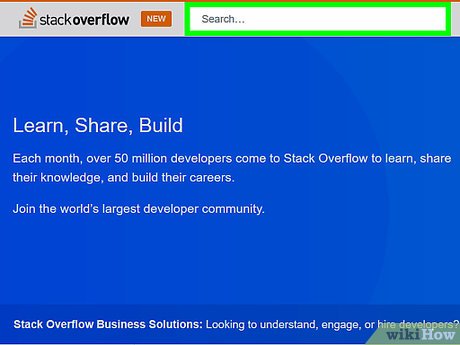

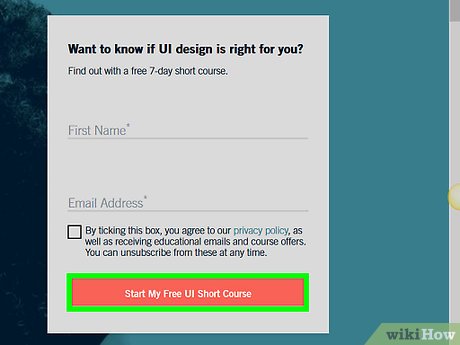
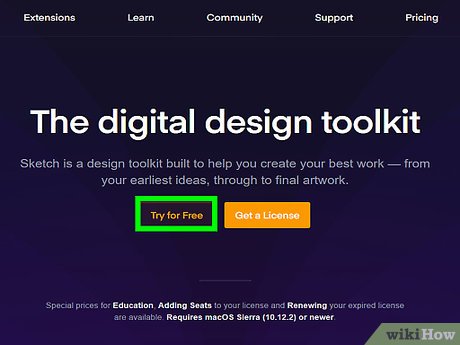
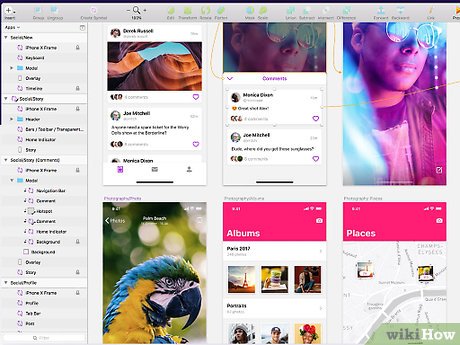
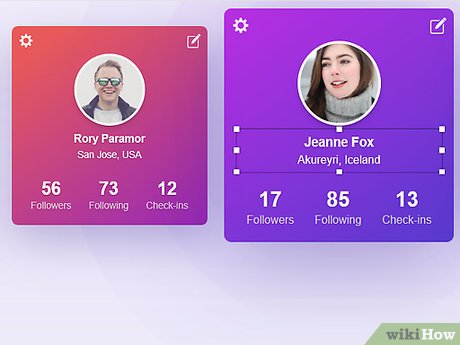
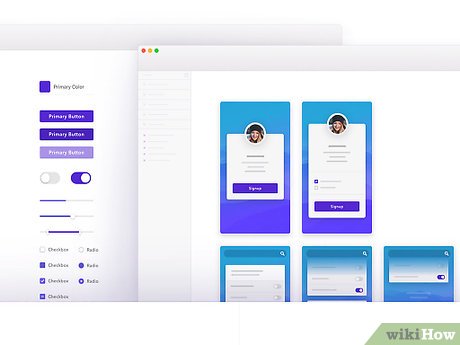
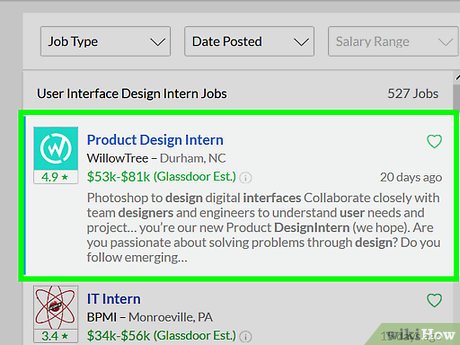
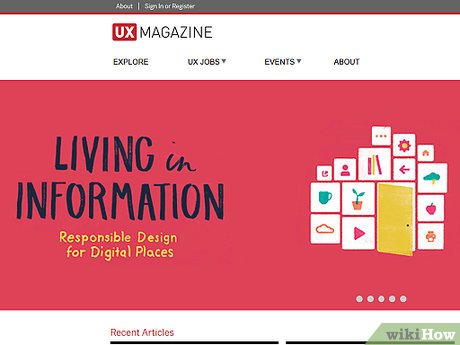
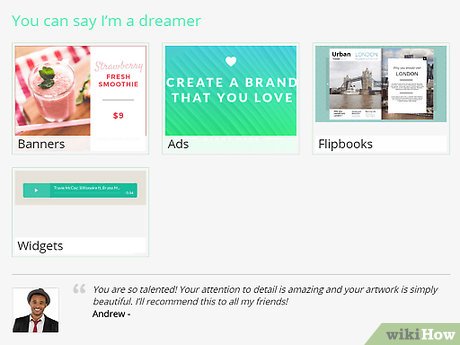
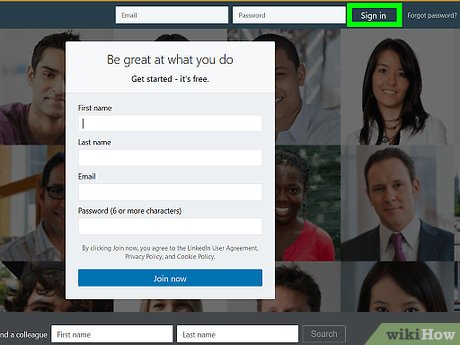

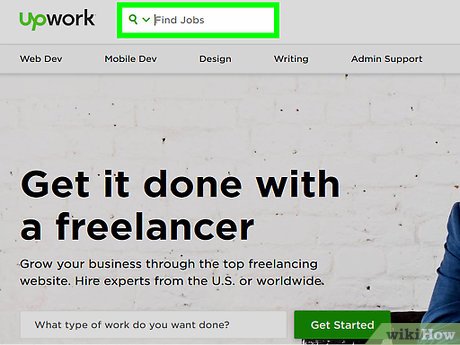
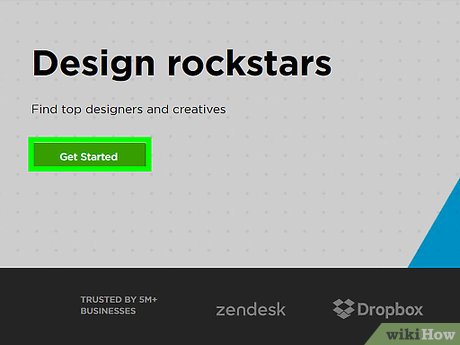






 The reasons why Web Designer feels sad
The reasons why Web Designer feels sad How to become a UI/UX designer
How to become a UI/UX designer How to become a good UX Designer without a degree!
How to become a good UX Designer without a degree! Learn Google Web Designer, Useful Tool in Creating Websites
Learn Google Web Designer, Useful Tool in Creating Websites How to register to use Microsoft Designer
How to register to use Microsoft Designer Perhaps only genuine Designer people can understand this article!
Perhaps only genuine Designer people can understand this article!